
New
Faculty
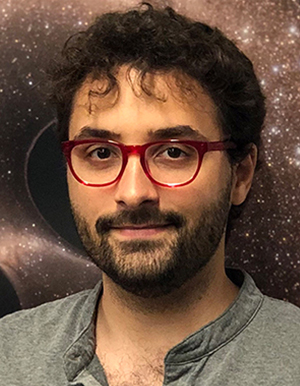
Carl Rodriguez
Carl Rodriguez will join the department as an assistant professor in the astronomy and cosmology focus area in fall 2020. Rodriguez, who received his Ph.D. from Northwestern University, is currently a postdoctoral fellow at the Institute for Theory and Computation at the Harvard-Smithsonian Center for Astrophysics.
In his research, Rodriguez focuses on how collections of stars form and interact, with a particular emphasis on how these star systems can lead to neutron stars and merging black holes. As a Pappalardo Postdoctoral Fellow at MIT, Rodriguez led a team that used a supercomputer to simulate the interactions within 24 dense stellar clusters over 12 billion years.
“These kinds of clusters are essentially factories for black hole binaries, where you’ve got so many black holes hanging out in a small region of space that two black holes could merge and produce a more massive black hole,” Rodriguez said in a statement last year. “Then that new black hole can find another companion and merge again.”
Rodriguez’s research, published last year in Physical Review Letters, laid an important foundation for how to interpret the gravitational waves being monitored by the groundbreaking LIGO and Virgo experiments. If, for example, scientists detected waves from a black hole with a size between 50 and 130 times the mass of the sun, the physics behind black hole formations make it likely that the waves came from a “megamerger” black hole.
Outside of his research, Rodriguez has been active in scientific outreach, including giving numerous talks at Chicago’s Adler Planetarium and helping to found Boston’s chapter of the Astronomy on Tap informal lecture series. In his free time, he enjoys exploring the outdoors through rock climbing and backpacking.
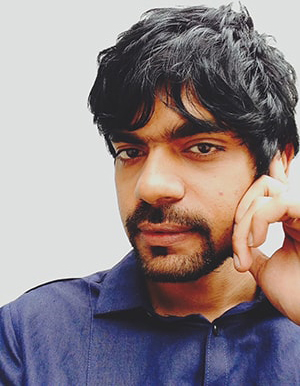
Shiladitya Banerjee
In the spring of 2020, Shiladitya Banerjee will begin his role as an assistant professor in the department’s theoretical biological physics focus area. He is currently an associate professor at University College London. Banerjee received his Ph.D. from Syracuse University, where he won the Award for Outstanding Doctoral Thesis Research in Biological Physics from the American Physical Society.
Banerjee’s research seeks to understand the mechanics and physics behind how the various processes of cells work, from growing to dividing to dying.
One area of Banerjee’s work relates to wound healing. When your body suffers an injury, large numbers of cells have to move in a coordinated fashion to eliminate pathogens, grow the right kind of new tissue and align themselves properly.
In two studies published this year in the journal Nature Physics, Banerjee developed computational models to analyze the physics that drives wound healing cells in insect and mammalian tissue. One study highlighted the influence that actin microfilaments, which are found in nearly all living cells, had on how quickly and effectively wounds healed. The other study showed that simply altering how much the cells around a wound pull on each other affected the rate of healing by changing the physics of cell movements.
Other research Banerjee published this year has looked at the physics of how the variety of different types of cells in a multicellular organism stay relatively the same size and how tensile forces control the shape of cells on the outer surfaces of organs.
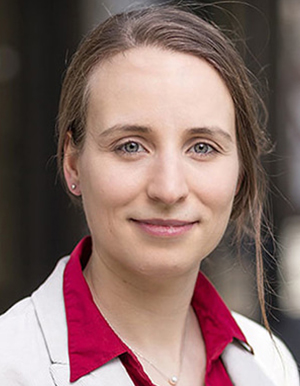
Ulrike Endesfelder
Ulrike Endesfelder joins the department as an assistant professor in the biological physics focus area, starting in spring 2020. She is currently a research group leader at the Max Planck Institute for Terrestrial Biology and has previously held postdoctoral positions at the universities of Frankfurt and Würzberg in Germany. Endesfelder received her Ph.D. from Bielefeld University.
Endesfelder works within the field of single-molecule biophysics, which seeks to better understand how cells work by focusing on individual biomolecules, such as one protein, to see how they move and do their jobs. While this sounds like a simple concept, it is difficult to execute since the biomolecules of cells are extremely small, requiring special techniques and equipment.
“Single-molecule localization microscopy offers unprecedented insights into living cells,” Endesfelder wrote in a research report last year. “In practice, however, many difficulties persist.”
In her research, Endesfelder has worked to develop new tools that can help researchers easily and accurately study individual molecules. In particular, she has introduced a new group of fluorophores — chemical compounds that can re-emit light when exposed to it — to allow researchers to observe biomolecules in real time using multiple colors and without harming the cell. Endesfelder has also worked to review and improve the algorithms used to analyze and pinpoint the locations of individual molecules in massive sets of data.
Outside of her research, Endesfelder enjoys biking and art museums.
Retired
Faculty
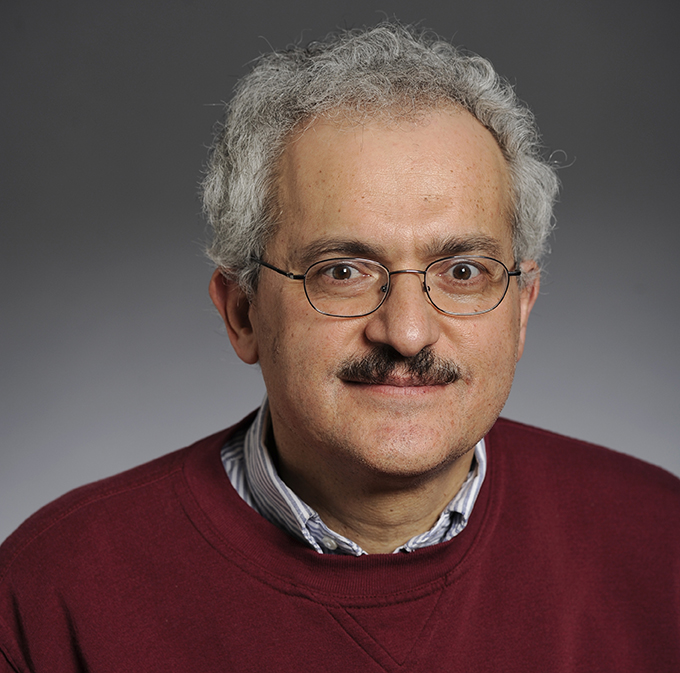
George Klein
Associate Teaching Professor George Klein retired after 26 and a half years spent as a member of the faculty of the Department of Physics.
Along with teaching, Klein was also a member of the staff of the Carnegie Mellon Academic Development Office, where he supervised the hiring and training of physics peer tutors. Klein was heavily invested in improving the teaching and retention of physics students, particularly through the department’s introductory courses.
Klein also served as a consultant and lecturer for Carnegie Mellon’s Summer Academy for Mathematics and Science, a residential program for minority high school students interested in studying STEM at the college level.
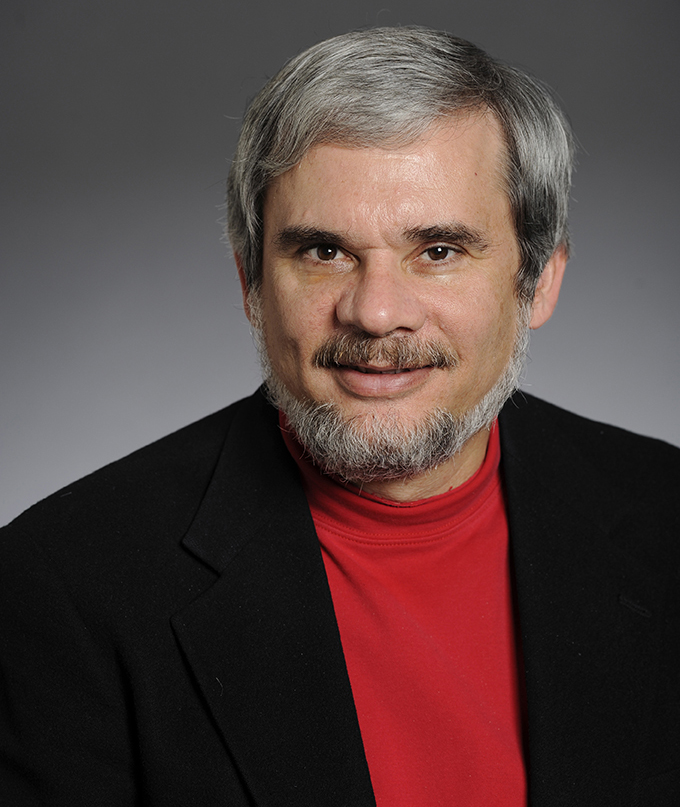
Gregg Franklin
Professor Gregg Franklin retired after 35 years spent as a member of the faculty of
the Department of Physics, and before that three years as a research associate with
the department.
He was the principal investigator for Carnegie Mellon’s Medium Energy Physics Group, which works at the boundary of nuclear and particle physics to look at what comprises neutrons and protons in atoms. He has been heavily involved in developing research and equipment at the Thomas Jefferson National Accelerator Laboratory and has served as a spokesperson for multiple experiments at the Alternating Gradient Synchrotron at Brookhaven National Laboratory.
Franklin also served as head of the Department of Physics from 2008 to 2013 and as an associate dean for the Mellon College of Science from 2002 to 2009.
